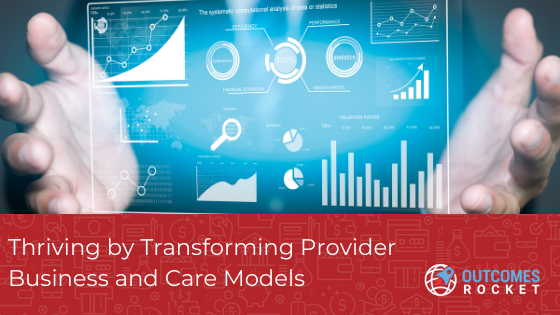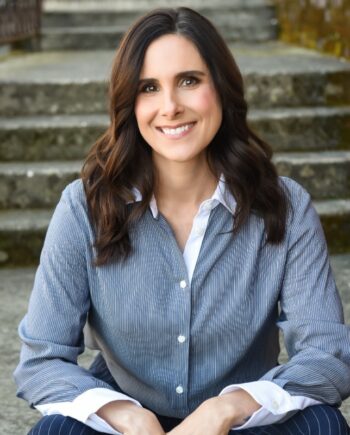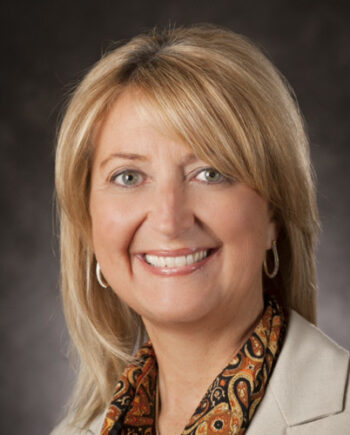
In February 2004, the now largest social media platform Facebook (known as The Facebook), was launched by a Harvard student named Mark Zuckerberg. The platform was only opened to people with a Harvard email address.
Within the first month, 50% of the college students had signed up. But then came a big problem, Zuckerberg was sued.
Whereas some programmers might have gone into a crisis-management mode like laying off until things blow over, Zuckerberg moved the company’s operation to Palo Alto, secured some important investment, dropped the “the”, transformed the business model, and took on the role of CEO.
That impulse, the need to transform, to grow or to expand, is common among transformative companies.
John Chambers, Executive Chairman of Cisco System said, “At least 40% of all businesses will die in the next 10 years… If they don’t figure out how to change their entire company to accommodate new technologies.” This principle holds true in every industry, especially in healthcare.
Healthcare is one of the U.S.’s top industries. It is dynamic; constantly adapting the latest innovations to improve outcomes, affordability, and quality of care. Companies and businesses in the healthcare sector need to be flexible and dynamic, to recommit to serving communities better by utilizing the latest innovations and trends like, digital innovation, interoperability, and patient-centric.
One such transformational company is MEDNAX.
MEDNAX is a health solutions partner that provides physician services to about 50 states, making it one of the largest radiology groups in the country.
This physician-led organization is making waves in hospital-based neonatal, maternal-fetal, pediatric cardiology, and pediatric intensive care specialties. It also manages anesthesia practices.
Because of the kind of service that it provides, the MEDNAX Center of Innovation places a high value on collaborative interdisciplinary innovation as the pathway towards excellence in research, education, quality, and safety.
In my podcast interview with Ingrid Vasilie Feltes, Chief Quality and Innovation Officer at MEDNAX Health Care Solutions, she emphasized that one of MEDNAX’s goals is to improve global population health for women, children, and other adults.
She explained, “I also feel that from a business perspective, we have the opportunity due to our multiple business relationships with payers, hospital partners, provider groups and other not-for-profit agencies. We work together to impact population health at a broad scale. There are not many organizations that have a presence in 50 states and serve such a wide range of populations and have the opportunity to also drive care to all our relationships in all of these service lines.”
With its wide reach and significant impact, MEDNAX is delivering its promise of providing better global health for women and children.
Innovations like tele- and mobile health, virtual reality, next-generation sequencing, point-of-care diagnostics, and advanced data analytics are creating a big impact on healthcare and revolutionizing medicine.
MEDNAX recognizes this, and its teams have efficiently integrated the latest technological advances like AI or augmented intelligence, genetic discoveries, and mobile applications, into everyday care.
One example is the quantity and quality of data this company owns.
Ingrid mentioned that MEDNAX has large data sets that other companies can only dream of in size. She said, “We’ve been in business for 40 years, and imagine in so many states, if you start to multiply the types of datasets, we come close to some of the largest I.T. companies in the world. I think that brings unique value in terms of our insights, our research capabilities, our analytics capabilities and more importantly, the impact that we can have on driving clinical care and evidence-based fact.”
“We have one of the largest neonatology databases in the world. We also have one of the largest warehouse data sets, which we call clinical outcomes, in the world. And that has helped not only drive our clinical quality improvement initiatives but also our safety initiatives, and has also helped us work with other organizations such as academic centers or any other not-for-profit institutions that are focused on improving patient care to drive best practices, to produce a state of the art clinical research in very established journals.”
Can you imagine how that kind of data can help in healthcare? Healthcare companies use big data in many ways. It can be used to make better business decisions and improve efficiency in providing care. By applying machine-learning in big data, companies have a higher chance of finding more effective treatments. Big data also provides a better view of patterns that may be needed to improve patient health.
But it is not just about the amount of data. Ingrid highlighted that it is important to focus on quality data. She calls it data hygiene. She also reminds that though clear and accurate data are critical, you must never lose sight of the goal which is to help patients.
In line with its goal of improving population health, the MEDNAX team is constantly engaged in designing and implementing a variety of projects that will prevent disease, offer precision-care solutions, and further optimize patient outcomes via predictive analytics-driven decision support tools or machine learning algorithms.
The company aims to launch a series of new products that span from virtual care for high-risk mothers and children with cardiac disease to complex whole-exome and whole-genome sequencing for high-risk patient populations.
One such initiative is the Hundred Thousand Babies Campaign. Several hundred neonatal ICUs in the country participated and were highly successful, so much so that the company intends to launch a 2.0 version called the Baby Steps campaign in the first quarter of 2020, an optimized version that meets the demands of a value-based healthcare ecosystem.
While it is true that transforming business models and adapting the latest innovations can do wonders for healthcare, Ingrid warns that you do not innovate just for the sake of innovation, but rather to innovate to help the patients. With her help and purpose-driven mission, it is not a surprise to see how well MEDNAX teams fulfill their purpose of delivering great care to their patients.
Listen to my full conversation with Ingrid here: https://outcomesrocket.health/mednax/2020/03/
According to the 2020 Centers for Disease Control and Prevention report, roughly 34.2 million Americans have diabetes,...
Read MoreAs a farmer, Rod was used to long days. He worked 18 hours a day, 7 days...
Read MoreWith investors receiving hundreds of pitch decks every year, how do you create a compelling presentation that...
Read More
Brittany Busse Co-Founder, President, and Chief Medical Officer at
ViTelHealth


Stephen Thorne Founder and CEO at
Pacific Dental Services

Keith Carlson Nurse Career Coach